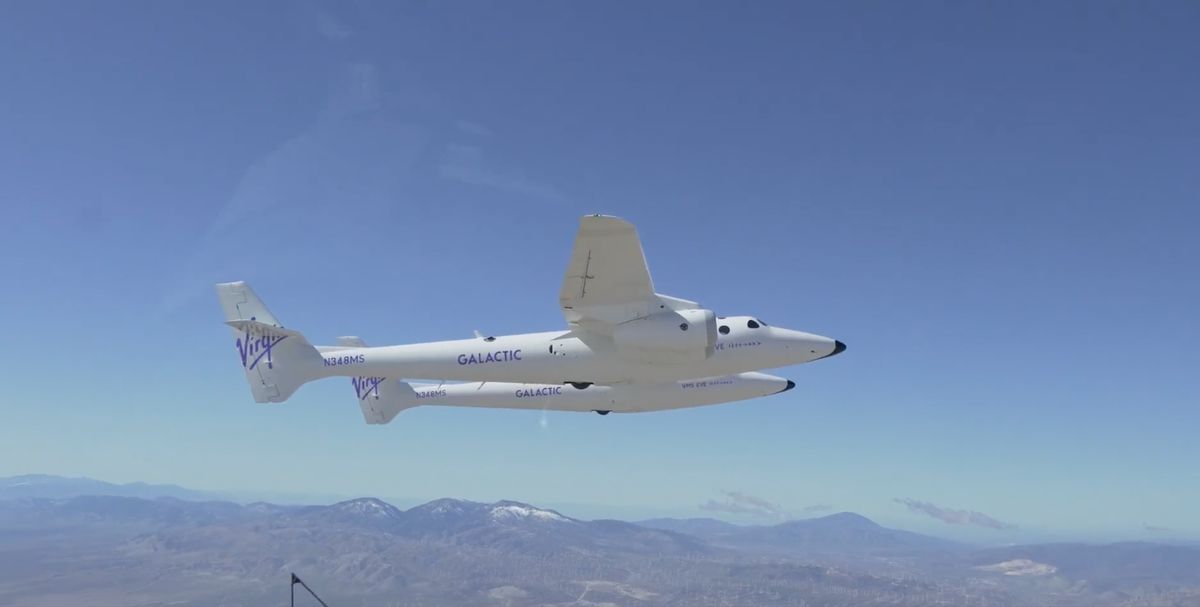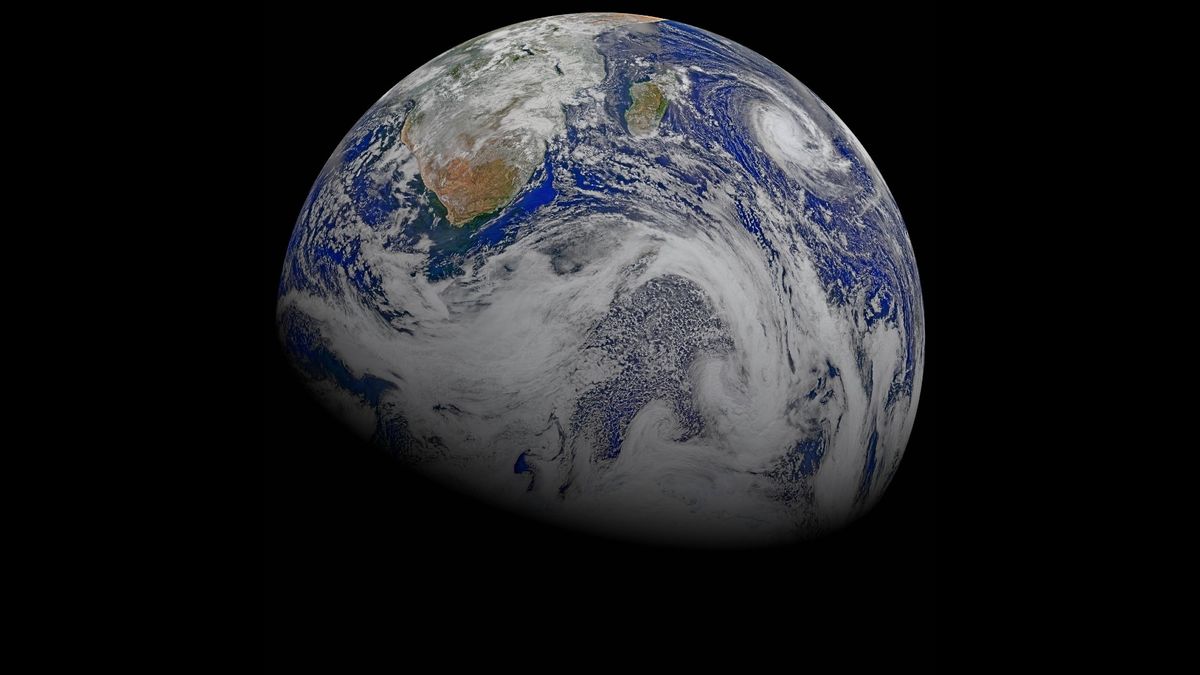On Aug. 16, 2020, a lightning strike sparked a wildfire at Cima Dome in the Mojave Desert and burned about 1.3 million Joshua trees, leaving behind a standing graveyard of the iconic trees.
“They take hundreds of years to get to the size that they are,” says Bri Montoro, a project manager with the Nevada Conservation Corps, in the video. “Seeing them burnt is beautiful and devastating.”
Drew Kaiser, a botanist with the Mojave National Preserve, watched the habitat burn in real time and thought to himself, “What do I do? It’s one of the densest, largest Joshua tree forests in the world.”
He and others eventually found the answer in a volunteer effort that planned to plant a total of 4,000 Joshua trees over four years to bring the forest back.
“I really just want to be able to look the younger generation in the eyes, 50 years from now, and tell them, I tried,” says Montoro in the video.
While 90 percent of Joshua trees will die following a fire, on rare occasion, a new growth sprouts up from the roots beside the old trunk. Watch this video to learn more about Montoro’s and Kaiser’s efforts.
This video originally appeared in Knowable Magazine, an independent journalistic endeavor from Annual Reviews. You can view the original here.














